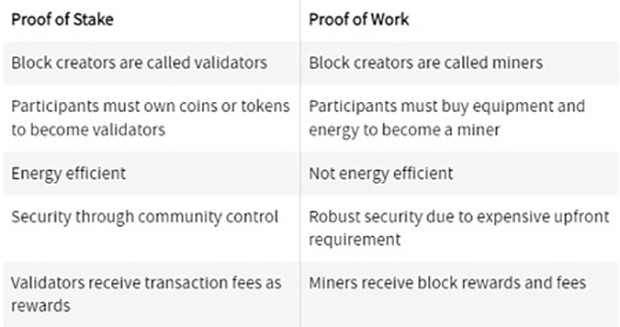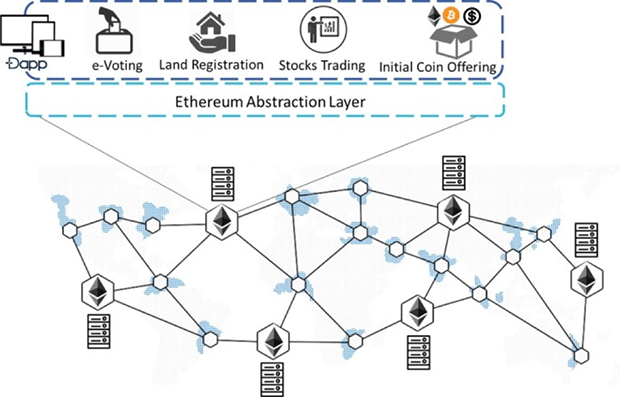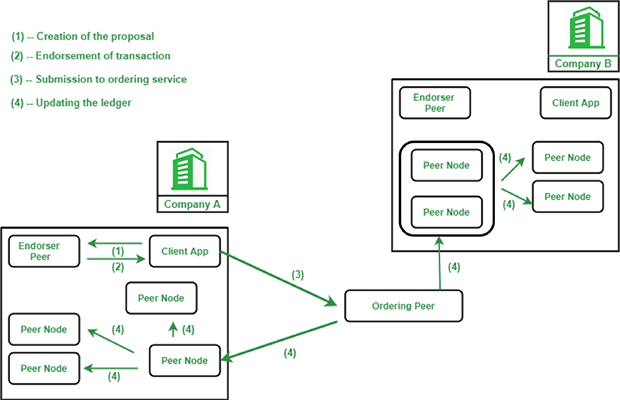Navigating Blockchain Development: Key Insights & Tips

Blockchain technology has the potential to transform the way we handle data and conduct transactions. With its promise of transparency, security, and efficiency through decentralized ledgers, many developers are eager to explore this cutting-edge field.
However, getting started can be a bit daunting, given the complexity involved.
From learning different protocols to integrating blockchain with existing systems, there's a lot to master.
Here are some essential insights and tips to help you get started on your blockchain development project.
Grasping Blockchain Protocols
At the heart of blockchain technology are the protocols that dictate how it functions. Essentially, these protocols determine how data is written into the blockchain and how it's verified.
Two of the most well-known protocols are proof-of-work (PoW) and proof-of-stake (PoS).
Understanding the difference between proof-of-stake and proof-of-work protocols is crucial for anyone new to blockchain development. Here's a simple rundown:

Proof-of-Work (PoW)
PoW is the backbone of the ever-famous Bitcoin network. This protocol involves solving complex algorithms to validate transactions. Miners compete to solve these puzzles, and the first one to do so gets to add a new block to the blockchain.
The major benefit here is security; the process is computationally intensive, which makes tampering nearly impossible.
However, the downside is equally notable. PoW consumes a significant amount of energy, making it less eco-friendly.
The computational power required also skyrockets as the network grows, leading to increased difficulty and resource expenditure over time.
Proof-of-Stake (PoS)
In contrast, PoS aims to offer more efficiency by reducing the energy consumption involved in maintaining the network. Instead of miners, we have validators who are chosen based on the number of coins they hold and are willing to "stake" as collateral.
The bigger the stake, the higher the chance of being chosen to validate transactions.
This method incentivizes participants towards honesty while minimizing resource use.
It's considered more sustainable but comes with its fair share of criticisms concerning centralization risks since wealthier stakeholders wield more power in transaction validation.
Choosing Your Blockchain Platform

There are many blockchain platforms out there, each designed to meet various needs, from finance to supply chain management. Here’s a closer look at two of the most popular options.
Ethereum: The Developer’s Choice

Ethereum is a top choice for developers because of its flexibility and robust community support. Unlike platforms that are focused on cryptocurrency, Ethereum offers a provides ecosystem that includes Smart Contracts.
These self-executing contracts have their terms embedded into the code. That allows a wide range of tasks for process automation, such as payments, registrations, and other agreements. This reduces the chances of errors and fraud because it does not need human intervention. Additionally, Ethereum offers extensive documentation and a highly active community. So all that makes it an excellent resource hub for beginners keen to learn.
Hyperledger Fabric for Enterprises

When it comes to solutions for businesses, Hyperledger Fabric is another standout choice. This open-source project, hosted by the Linux Foundation, is designed to provide modular and industrial-grade frameworks ideal for enterprise use.
Unlike public blockchains like Ethereum or Bitcoin, Hyperledger Fabric supports private transactions and confidential agreements, offering enhanced data privacy. Its unique setup also allows for scalability by facilitating parallel execution of Smart Contracts.
If you need enterprise-level security and customization, Hyperledger Fabric could be the perfect platform for your blockchain development needs.
Integrating Blockchain with Existing Systems
Integrating blockchain with your current systems can be tricky, but it’s manageable with the right approach.
API Utilization
APIs (Application Programming Interfaces) can act as bridges between your blockchain application and the other software your organization already uses.
By employing APIs, you can create smoother processes and ensure unified data across different platforms.
However, implementing APIs requires careful planning. Any mistakes in integration can lead to bottlenecks or vulnerabilities that could undermine your system.
Middleware Solutions
Middleware solutions are another way to integrate blockchain with existing IT infrastructure. These intermediaries manage interactions between applications on different networks.
For instance, Oracles can fetch external data for smart contracts, acting like trusted third parties to verify information from outside sources and ensure real-time accuracy.
Middleware solutions make it easier to adopt blockchain technology without needing to completely overhaul your existing systems. This is especially beneficial for companies aiming to reap the benefits of blockchain without incurring high costs.
Best Practices & Security Measures in Blockchain Development
Creating a secure blockchain application from scratch requires strict adherence to best practices and advanced security measures.
Code Audits
Given that blockchains often handle financial transactions or sensitive data, thorough code audits are crucial.
For a code audit, you may use specialized firms. They will check your code to identify vulnerabilities in smart contracts or other areas of your project. Regular audits help you catch and fix any issues before they can be manipulated and keep your system secure.
Multi-signature Wallets
When it comes to handling funds or valuable assets on a blockchain, multi-signature wallets are highly recommended.
These wallets require multiple private keys to authorize a transaction, similar to using dual or triple authentication for your assets.
This added security layer means that even if one key is compromised, transactions can't proceed without multiple approvals, significantly reducing risks.
Continuous Learning & Community Involvement
The blockchain landscape changes quickly with technological advancements and new regulations popping up everywhere. To stay current and relevant, continuous learning and active community involvement are essential.
Educational Resources
There are many online courses available today, from free platforms like Coursera and Udemy to specialized forums dedicated to various blockchain technologies. These resources are invaluable for those who are eager to keep learning.
Following blogs by industry leaders can also be extremely helpful. These blogs often explain new updates about protocols like Ethereum 2.0, which aims to solve scalability issues in the current systems.
They also discuss sustainability efforts, like the shift towards greener alternatives using Proof-of-Stake (PoS).
Moreover, decentralized finance (DeFi) is rapidly gaining traction, reshaping the traditional banking landscape and introducing futuristic concepts like Decentralized Autonomous Organizations (DAOs).
Engaging with the community and staying informed will help you navigate these changes and remain at the forefront of blockchain development.
Network Effect
Blockchain technology thrives on community participation. A vibrant community not only enhances the quality and security of the system but also drives continuous innovation and development. This collaborative approach enables the technology to evolve. The active user community helps to unlock new possibilities and foster unexpected advancements.
This collective decision-making process helps maximize the potential of blockchain technology, paving the way for unforeseen advancements.
Community involvement also plays a crucial role in mainstream adoption. Short-term incentives can yield immediate benefits, while a long-term vision—shaped by community input—ensures sustainable growth.
Being part of a vibrant community offers valuable insights and experiences, contributing to the enduring impact and legacy of blockchain innovations. Engaging with others in this space can make all the difference in driving the technology forward.
The Bottom Line
Navigating blockchain development can be complex, but it's incredibly rewarding.
Just combine technical know-how, strategic planning, and community engagement, and you'll be well-equipped to develop impactful blockchain applications.
Copyright © . All Rights Reserved